An ISO 17025:2017 Accredited Laboratory from Emirates International Accreditation Centre (EIAC)
Weighbridge Calibration | Weighing Scales Calibration | Tank or Hopper Scales Calibration | Pallet Scale Calibration | Belt Scale or Check Weigher Calibration | Crane or Hanging Scales Calibration.
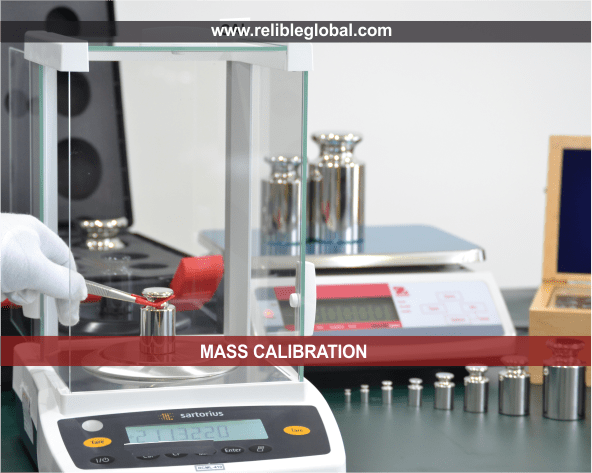
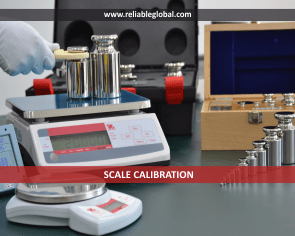
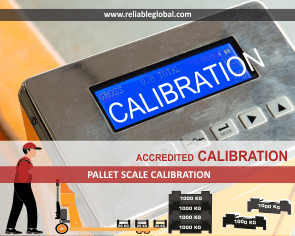
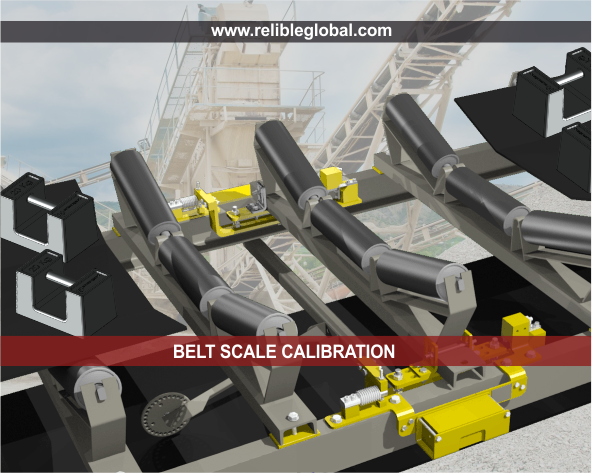
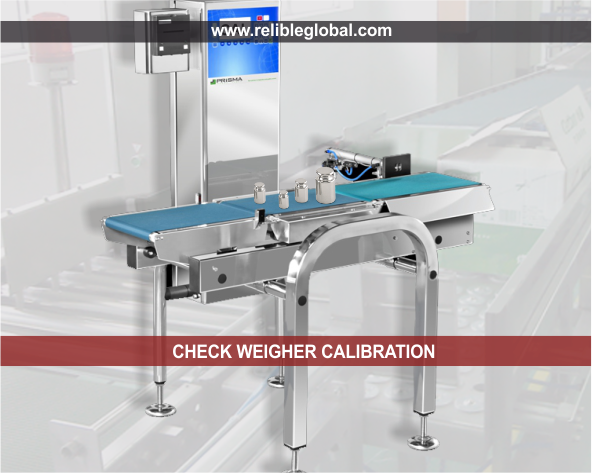
Government Authorized Laboratory
Reliable Laboratory for accredited calibration services chiefly for production and manufacturing needs. Furthermore, our environmentally controlled lab and sophisticated equipment enable us to provide fast and reliable results to our clients. Above all, the ILAC Mutual Recognition Agreement ensures the acceptance of our accredited and calibrated results worldwide. Moreover, we deliver results in a timely manner without compromising on quality.
Accredited Calibration Services
As a highly accredited calibration service provider, our scope of expertise identically covers a range of crucial equipment. Including mass, weighing equipment, and weighbridges consequently. We understand the importance of maintaining accuracy as well as precision in these instruments. These calibration factors matter the most, particularly for industrial, commercial, or research purposes. A team of highly skilled engineers with the necessary knowledge as well as tools to carry out accredited calibration services on these vital machines. Thereupon ensuring that they meet all relevant industry standards and regulations. Our facility prioritizes delivering timely and reliable calibration services to our clients, enhancing their operational performance and productivity.
Weighing Scales and Weighbridge
Calibration Accreditation scope
Weighing Equipment calibration
| Electronic balances | Up to 20 Ton or 20000 Kg |
| Truck Scales or Weighbridges | Up to 120 Ton or 120000 Kg |
| Pallet scale | Up to 4 Ton or 4000 Kg |
| Check-weigher | Up to 60 Kg |
| Belt Scale | Up to 10 Ton or 10000 Kg |
| Hopper Scale, Tank Scale, Silo (Batching plant / Asphalt plant) | Up to 20 Ton or 20000 Kg |
| Crane Scale/ Hanging Scale | Up to 8 Ton or 8000 Kg |
Mass calibration
| Mass standards (M Class) | 1 mg to 20 Kg |
| Mass standards (M Class) | 1000 Kg |
Certified Maintenance Services
Reliable Calibration Lab – ISO 17025:2017 Accredited Calibration Laboratory as well as ISO 9001:2015 Certified. Offering exceptional instrument calibration services with certification at the same time. Indeed our well-equipped calibration laboratory ensures that we can confidently calibrate, sell, and maintain instruments. Our team provides repair and calibration services for all types of weighing scales and weighbridges, following a strict set of operations performed with a definite procedure. In short, we compare the measurements of your instrument to those made by a more accurate instrument. Ensuring the detection, reporting, and adjustment of errors while conducting the calibration test to provide you with the most accurate results.
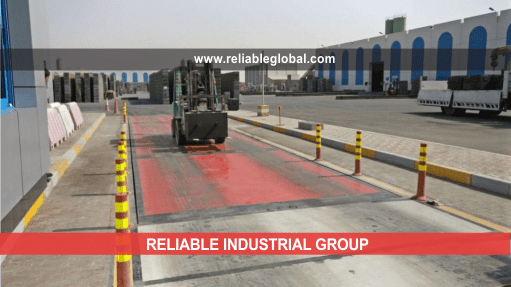
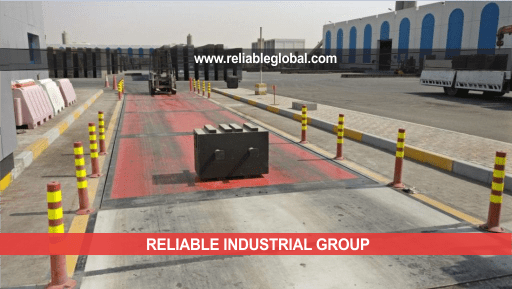
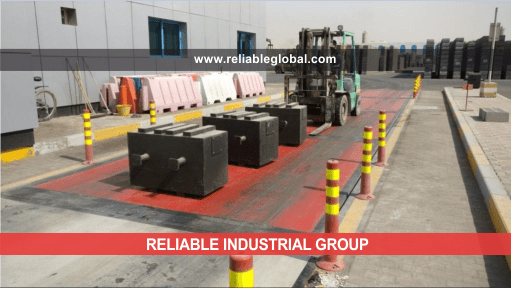
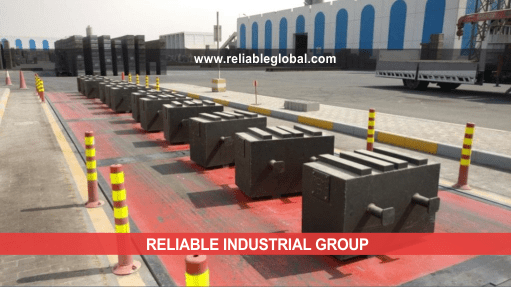
Weighbridge Calibration
Weighbridge calibration is a crucial process that involves checking and measuring the accuracy of a weighbridge with a traceable standard test weight. This calibration process is necessary to ensure that the scale is accurately measuring the weight placed on it.
Yes, calibrating your weighbridge frequently guarantees that vehicles are loaded safely and within legal limits. The frequency of calibration depends on your usage, with monthly or yearly intervals being recommended. Failure to calibrate your weighbridge and ensure legal tolerance can result in legal fines and loss of production.
Linearity, Eccentricity, and Repeatability tests get conducted after that to verify how the weighbridge performs with multiple interactions. The calibration process involves the placement of traceable weights on the weighbridge, using various test weights of 1 ton or 1000 kg. On the completion of calibration, Accredited Laboratory will generate a certified report to analyze the health of the weighbridge with maximum permissible error as per the standard used.
The Necessity of Calibration and Maintenance Services for Weighbridge
Weighbridge calibration is a critical part of any weighing system. It ensures that the readings taken from the weighbridge are accurate and reliable, allowing you to make educated data-driven decisions. This process involves adjusting both the physical structure of the weighbridge and its software to ensure precision.
The overall aim of weighbridge calibration is to maintain accuracy over the lifetime of your equipment, so follow these procedures regularly for your data to remain valid. Calibration helps to ensure that all readings produced by your equipment will be within an acceptable tolerance level. International standards organizations such as OIML (International Organization of Legal Metrology) state tolerance levels for the equipment. The frequency with which calibration should occur depends on factors such as environmental conditions, usage patterns, and individual requirements. Typically, regular calibrations must be done at least once a year or after any significant maintenance or relocation on the site where we use the weighing system.
Calibrating your weighbridge can help avoid potential disputes resulting from incorrect measurements or misreadings due to inaccurate reading scales. Also, it helps to ensure accuracy across all aspects, including net weight calculations and inventory control. Furthermore, it helps to achieve consistent quality control standards in production processes using this technology for monitoring purposes. In addition, regular maintenance increases longevity since proper calibration helps prevent possible wear issues caused by strain gauges stretching beyond their limits due to excessive fluctuation outside the provided tolerance range. These steps reduce the chances of costly repairs due to improper care during its operational life cycle. All in all, having a reliable weighing system is essential for generating the precise results needed.
Never avoid your weighbridge calibration
Calibrating a weighbridge is critical to ensure accurate measurements of weight and force in industrial, shipping, and transportation settings. Not calibrating a weighbridge can have numerous consequences that might lead to complications in logistics, legal obligations, and safety protocols.
The most immediate consequence of not calibrating a weighbridge is incorrect readings from the device. This can happen when the components within the weighbridge age or become faulty due to wear and tear over time. If it’s not calibrated correctly, there may be an offset between the actual weights measured by the bridge and its readings. This could cause discrepancies for operations that depend on precise measurements for their workflows, such as calculating fees for cargo loading or monitoring compliance standards with government regulations.
In addition, failure to calibrate equipment like weighing systems safely exposes workers and personnel who handle them directly to risk factors like injuries caused by unexpected physical reaction forces coming into contact with misread objects placed upon bridges during transactions; this danger increases when high volume transactions take place in environments not equipped with basic safety protocols put into place through adequate training against such situations as well as adhering strictly checklists established according to this regard (e.g., verifying weight values repeatedly both internally among staff members supervising scale checks/calibrations prior release).
Get your Weighbridge Calibrated from Accredited and Certified Laboratory
Weighbridges are instruments used to measure and document the weight of a vehicle, such as a truck or a trailer, at any given time. It is an essential piece of equipment that must be accurately calibrated to function correctly and provide accurate measurements.
The responsibility for calibrating a weighbridge falls on qualified professionals trained in calibrating these instruments. Inspection agencies, local governments, and other organizations that use weighbridges in their operations must employ a highly accurate calibration system. The responsibility typically lies with an agency or company’s quality control laboratory, which will utilize various test weights placed on the bridge during calibration procedures and special software programs designed specifically for weighing applications to ensure accuracy within acceptable tolerances set forth by legal requirements if applicable.
It is critical that all certified testing personnel responsible for calibrating weighbridges follow strict guidelines established by government regulations so that the readings provided are reliable and consistent every time. Weighbridge calibration should also be regularly monitored using modern diagnostic tools, including temperature compensation systems and pressure transducers, which are commonplace in most commercial weighbridges today. Having detailed records verifying the successful completion of required calibrations available upon request from governmental agencies helps assure public confidence in weighing transactions performed using this vital piece of industrial equipment.
